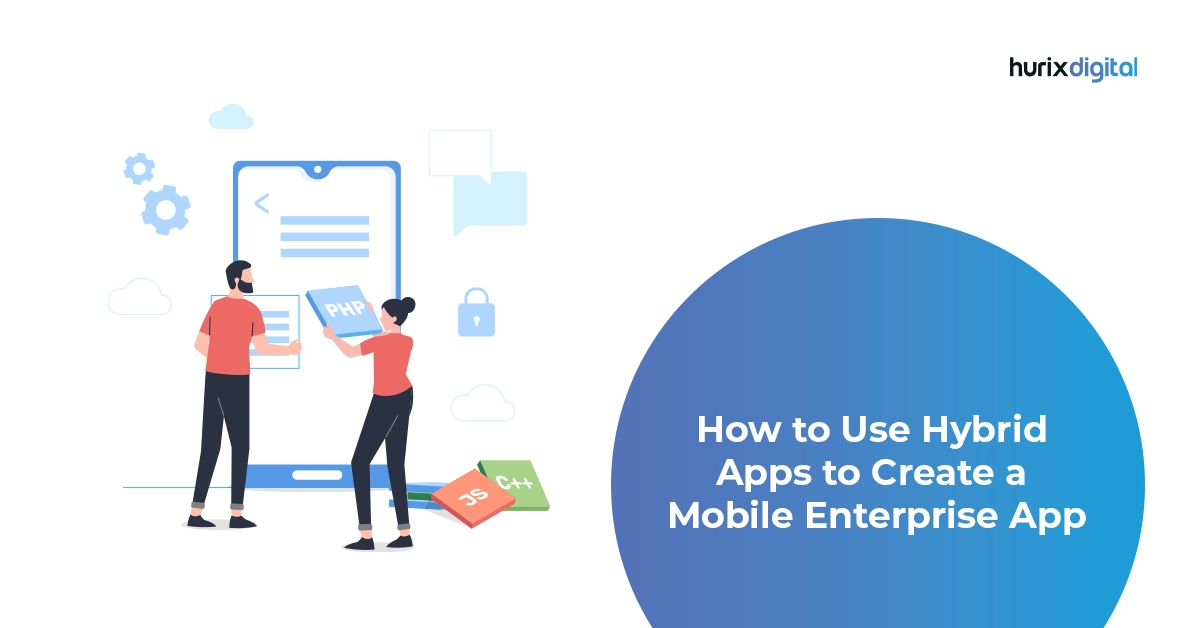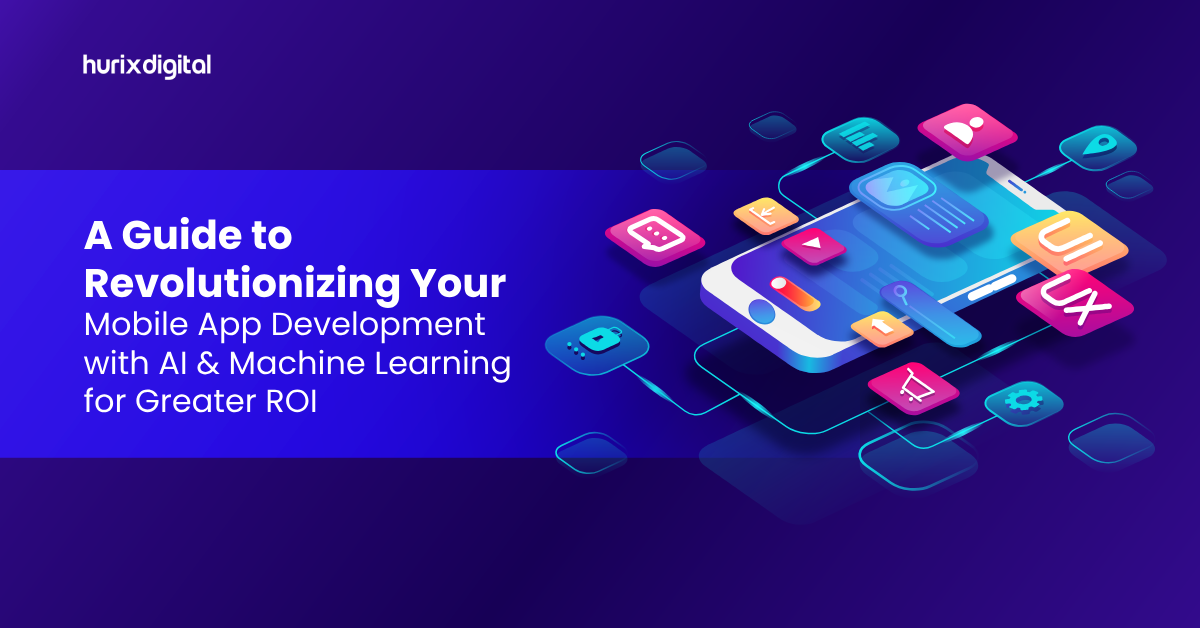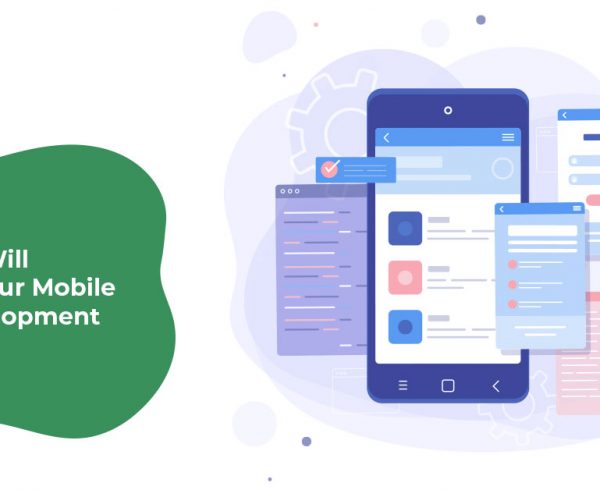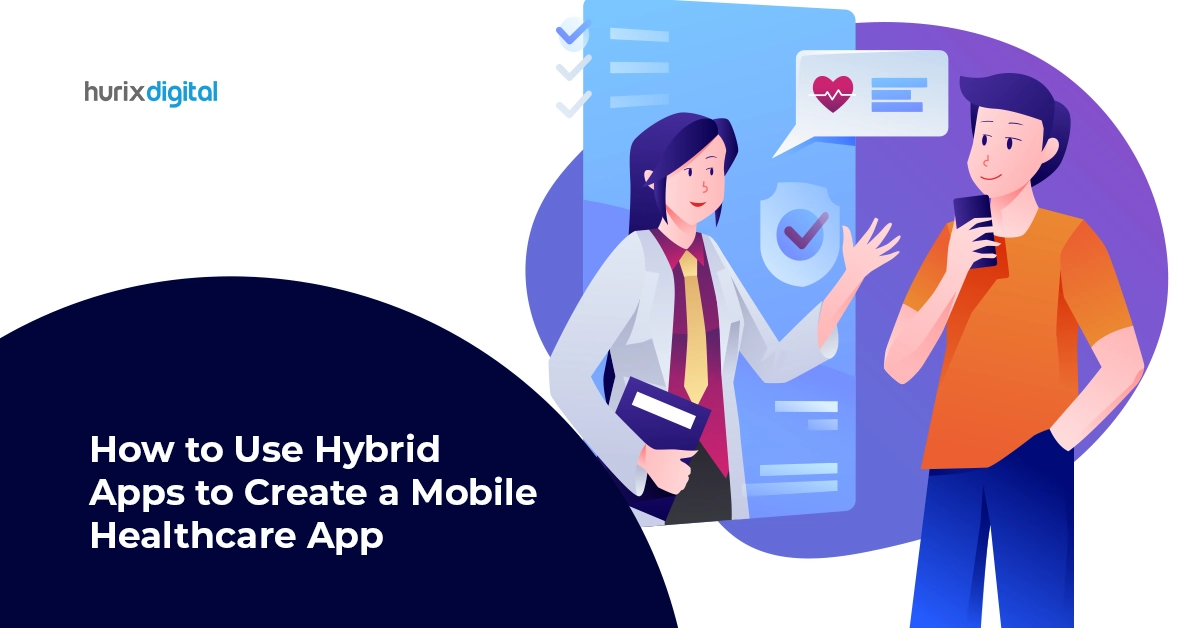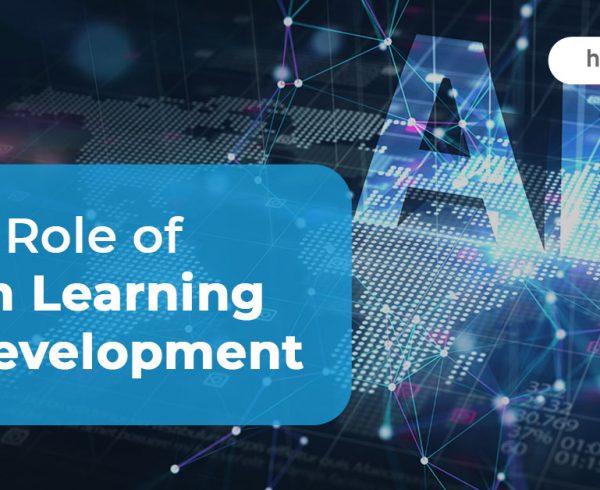Summary
This guide gives you a general idea of what a hybrid mobile enterprise app is and how you can start the process of building one. We've also included a few of the components that you'll need to consider in order to build a hybrid mobile enterprise app.
The world of app development has seen a tremendous shift ever since the first iPhone was introduced back in 2007. From only being able to use apps and programs on computers to now being able to use these very same programs on smartphones, enterprise apps are everywhere to be seen.
Unlike consumer apps, an enterprise app is one that’s designed and made for businesses and their employees. They’re primarily used to streamline communication across large groups or teams, automate workflows, support daily operations, and do a whole lot more at an organizational level.
These apps are also designed to be used in conjunction with other apps and software, such as CRM, supply chain management, accounting software, and a whole lot more. But while various enterprise apps are made natively, the hybrid model offers a cost-effective way to go. If you’re someone who’s looking to build a hybrid mobile enterprise app, this guide is for you.
We show you how you can build a hybrid mobile enterprise and its various components while also explaining their benefits and drawbacks.
Table of Contents:
Building a Hybrid Mobile Enterprise App
Hybrid mobile app usage has been on the rise over the past few years. The market share of hybrid apps in 2021 itself was 40%, which goes to show its potential for growth over this decade.
In this section, we take a look at the key steps involved in building a hybrid mobile enterprise app.
1. Defining the Requirements of the App
The first step in developing a hybrid mobile enterprise app is defining the requirements for its development from start to finish. Here, it’s essential to keep in mind what need you aim to address with the app and what features it will have to aid the process.
Additionally, you’ll have to consider the requirements in terms of the overall user experience. This will help guide you in terms of how to structure the app to ensure it operates seamlessly.
Last but not least, you’ll also have to do your research and decide the best tech stack for the app’s development.
2. Choosing the Right Framework
The first step in mobile enterprise app development is to choose the framework you intend to use to build the app. This will depend on your requirements and the expertise of your team.
Some popular hybrid app frameworks include:
- React Native: React Native uses a combination of JavaScript and React and offers almost native-like performance for cross-platform app development.
- Iconic: Another popular framework is Iconic. It’s built with Angular and makes use of Apache Cordova for native functionality access.
- Flutter: Flutter uses the Dark programming language and allows for a faster development process.
Also Read: Different Types of Mobile Applications: Native, Hybrid & Web Apps
3. Designing the App Architecture
This involves everything from its architecture to the user interface and its features. It also involves designing how the app will navigate and interact with the user as a part of its overall interface.
This step is crucial, as it determines how intuitive the app’s overall user interface is while being easy to use and engaging at the same time.
Additionally, this stage also involves keeping in mind the user interfaces of the mobile platforms themselves (Android and iOS) to ensure the app is configured such that it operates seamlessly on these platforms.
4. Developing the User Interface
The user interface is possibly the most crucial element of your application; it dictates how intuitive the app is and can make a world of difference in influencing its overall user base.
The UI is typically developed using frameworks like HTML, CSS, and JavaScript. These frameworks offer libraries that developers can take advantage of to construct the various elements of the app’s overall interface.
The goal here is to ensure that the user interface resembles that of a native application. The frameworks mentioned above provide certain UI components to ensure a native-like feel across different operating systems.
A crucial aspect of the app’s user interface is also devising its authentication systems to help ensure data security at all times. This is crucial, especially at the enterprise level, as the app could potentially be used for highly valuable and confidential processes.
5. Perfecting the Backend Integration
The app’s backend integrations are a key component of the app’s usability. This is done by the language supported by the framework you’ve used to build the app’s architecture.
These include parsing, integrating the app with backend services, and making API requests.
The framework you use offers APIs and modules that allow developers to develop native capabilities, including access to the device’s location, notifications, camera, microphone, and more.
6. Testing and Debugging
Hybrid apps, in particular, require extensive platform testing. This is essential to ensure the app runs bug-free and utilizes the device’s native capabilities without any compromises. The tests include unit tests, integration tests, and device testing.
This is the stage where any bugs in the app’s interface or any issues with its performance must be dealt with. The results of the tests can then be used to optimize the app to improve its performance, reduce API calls, and program the app to use caching wherever possible.
7. Building, Packaging, and Deploying the Application
With the app’s development complete, it must then be bundled into a binary file to deploy it on mobile devices.
A key highlight of hybrid apps is that they offer tools to construct the program for multiple platforms and produce the appropriate installation files (including IPA and APK files).
Once this is done, users can then download the app via their device’s respective app stores – the Play Store for Android and the App Store for iOS.
Also Read: How to Use Hybrid Apps to Create a Mobile Gaming App?
In Conclusion
As with any app – native or hybrid, the process of developing it is often long-drawn and complex. While many developers prefer the native route, hybrid apps have their fair share of benefits, with lower development costs being the primary one.
Building an enterprise app requires ensuring a clear set of goals and architecture that helps solve a key problem for enterprises and their employees. Finding the right developers to build such an app can seem intimidating.
However, with the right team, either in-house or third-party, you can successfully build an app that solves your audiences’ pain points.
Hurix Digital offers some of the most reputed design services and has been at the forefront of the industry. The company offers some of the most sophisticated content digitization solutions and a massive technological infrastructure to help you build an intuitive enterprise application.
Reach out to find out more!


